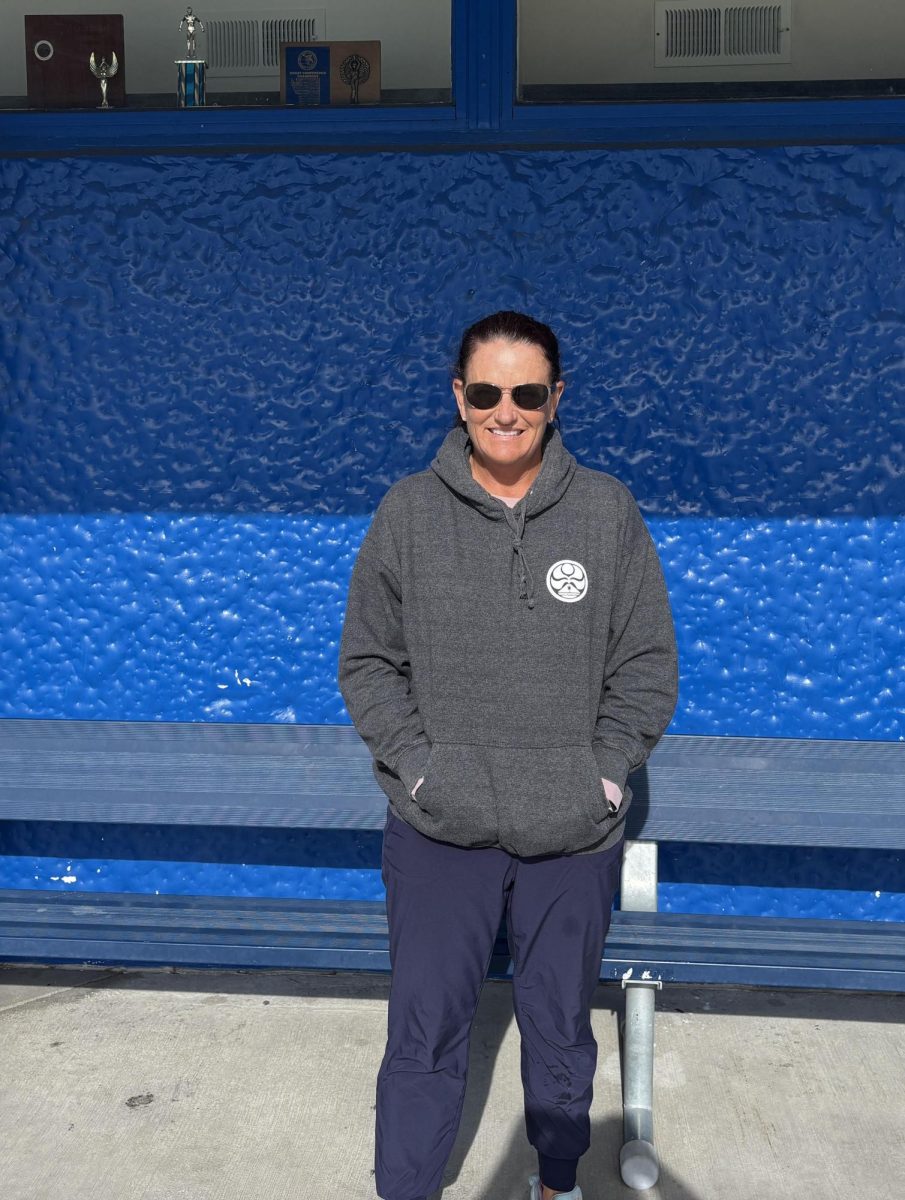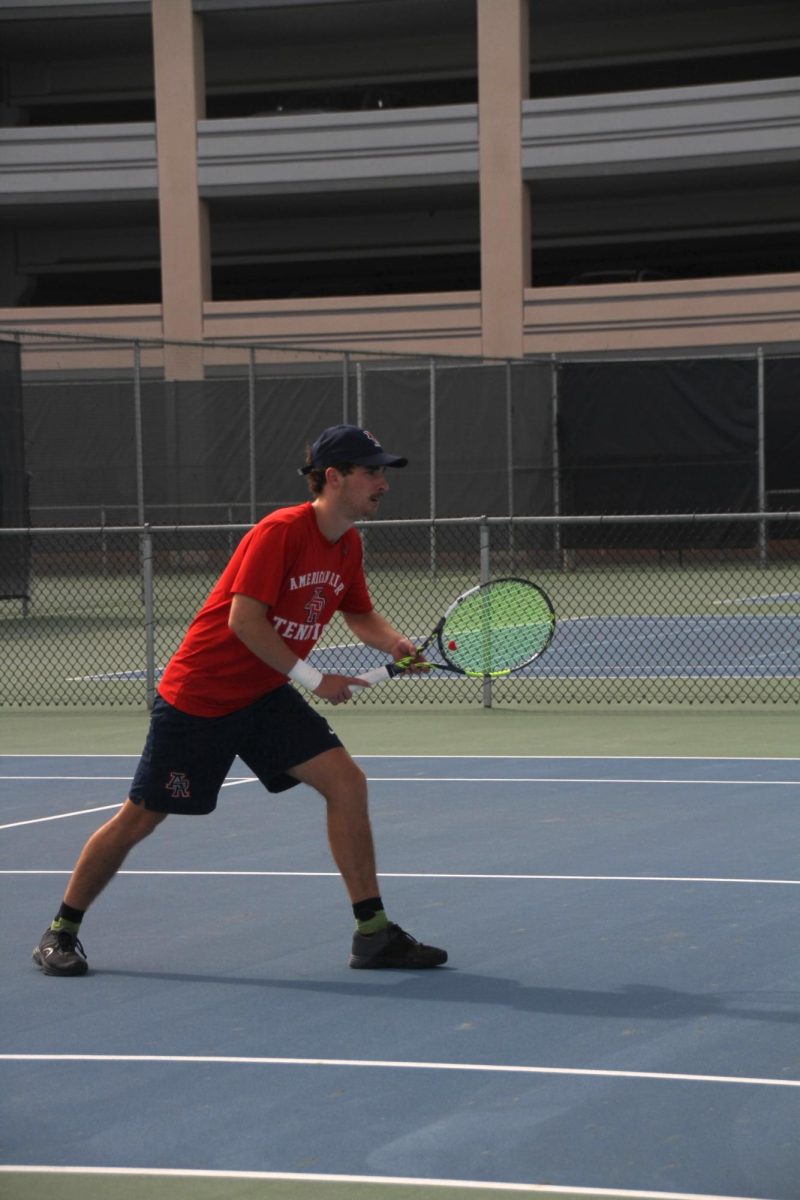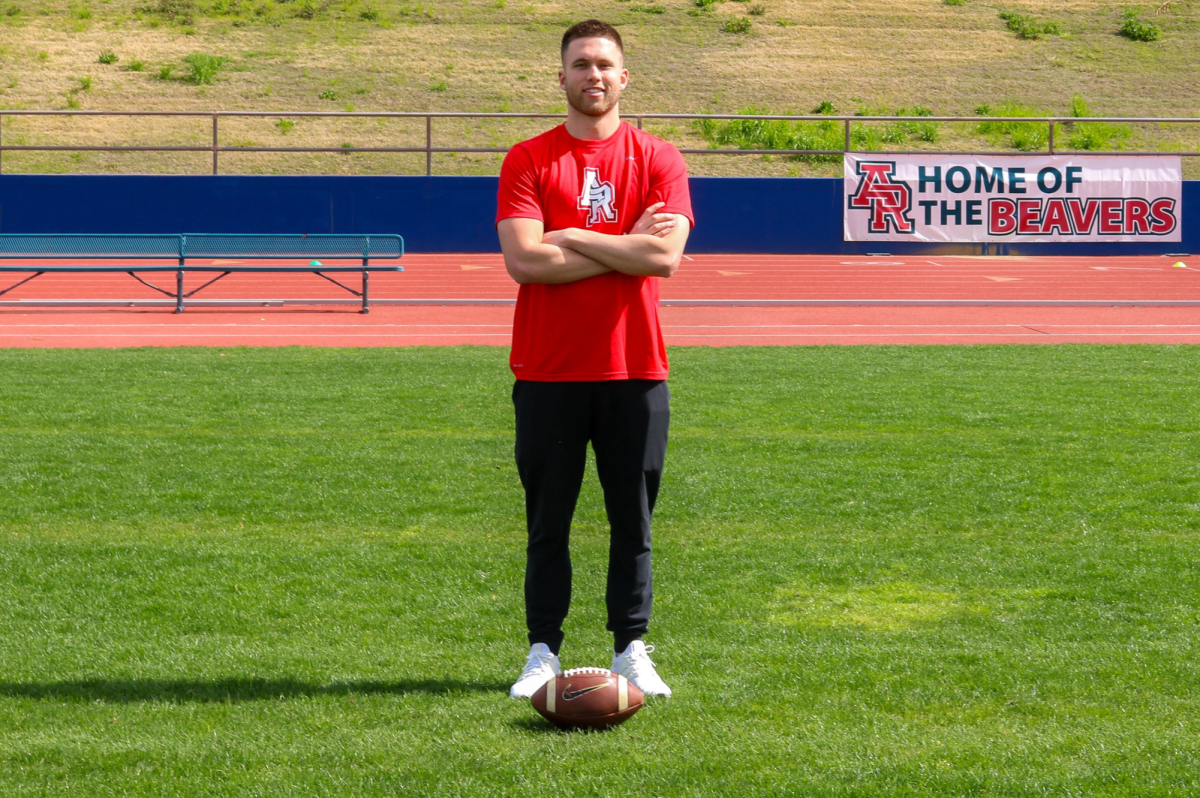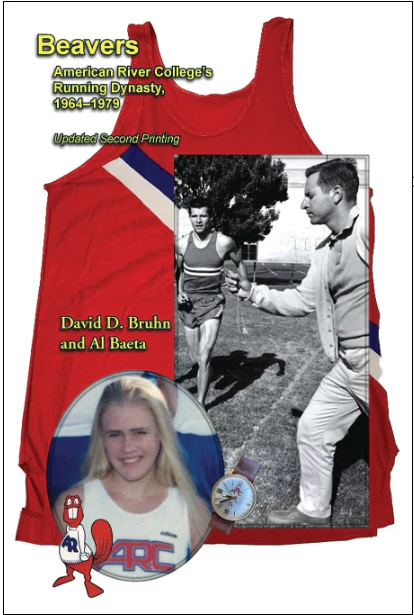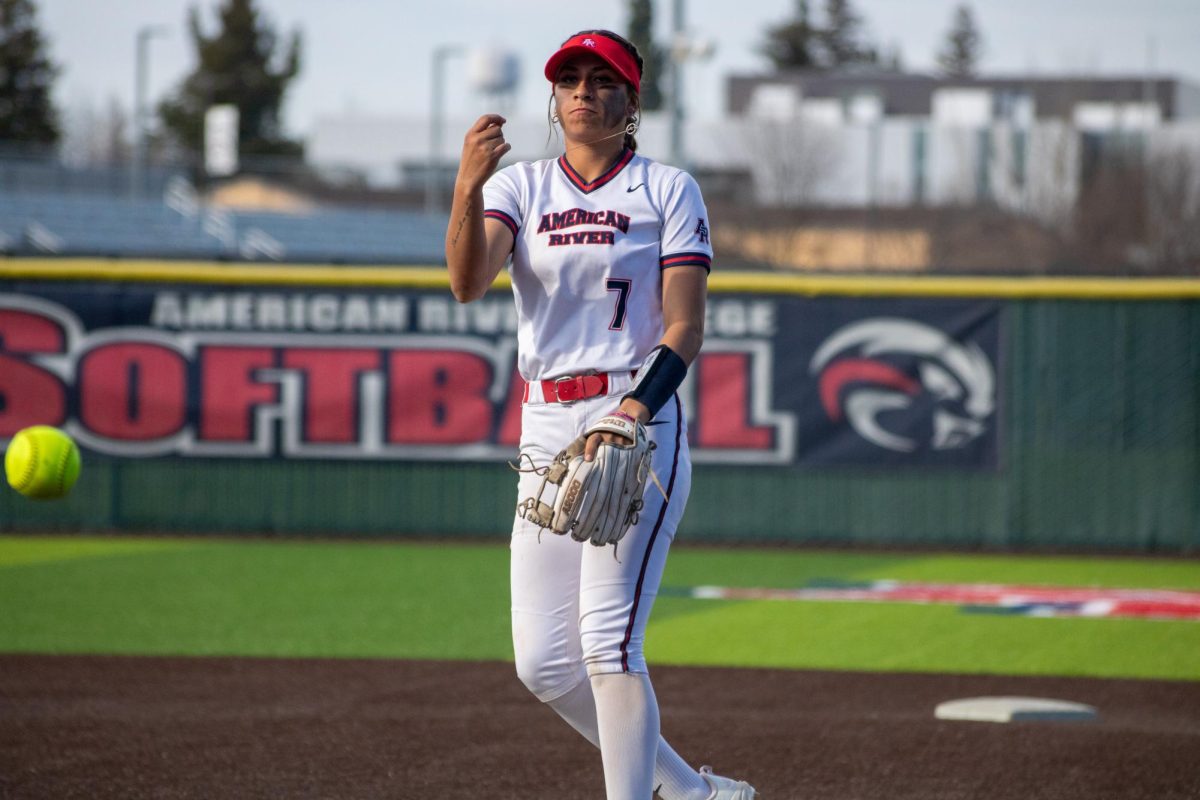Imagine a player with a ton of potential who is having a huge game offensively. Just one play can change the whole player’s perspective on life. Running the ball up the middle, a helmet connects to the side of his knee and as he collapses to the ground the only thing running through his mind is “please don’t be what I think it is.” After the MRI comes back, the doctor utters the four words any athlete doesn’t want hear: anterior cruciate ligament tear.
It is every athlete’s nightmare. Few sounds are more forbidding than the crucial pop that can signal a ruptured knee ligament.
ACL injuries have been increasingly sidelining more athletes for extensive periods of time than almost any other knee injury. Seasons, maybe even careers, have been lost to the injuries. Unlike concussions, ACL tears are more common in non-contact sports like basketball, soccer, and tennis.
“Because it’s a non-contact sport, you won’t the get the same injuries (as) in high-contact sports like football, basketball and etc.,” said tennis head coach Bo Jabery-Madison. “There is still a lot of stop and go, but you’re not going to see a lot of catastrophic (injuries) like the ACL or the unhappy triad,” Jabery-Madison said.
Most ACL injuries are caused by non-contact sports. One quick turn or twist in the wrong direction can result in this injury. However, those who play contact sports are more at risk for knee injury.
The number of sports-related knee injuries is huge, particularly in football.
“In my day if you injured your knee it was pretty much over but now it’s possible to come back even stronger with today’s sports medicine,” said Albert Hall, a former recreational football coach.
This injury puts athletes through a lot mentally and physically, and all go through a range of emotions from the knee injury.
“Don’t get me wrong. As much it is physical, about 80 percent of this injury is purely mental,” said Tyler King, former high school football player.
In the beginning of the process some people will be in denial of the injury. Some athletes also go through anger. But during the process they do find out who really is there for them. Especially as the months of rehabilitation goes on.
With injuries, an athlete is going to face a journey of six months to a year of a long physical and mental recovery. Adrian Peterson, Minnesota Viking running back, paved the way for athletes to speed up the recovery to come back faster and stronger than ever.



